Building Strong: Market Innovation Architecture
Businesses are always adapting to the changing marketplace. The “Market Innovation Architecture” is crucial in this process. It helps companies stay ahead and encourages creativity.
In this article, we’ll look at the elements and strategies of this framework, and how businesses can use it for long-term success in today’s fast-paced economy.
Finding Chances to Innovate in Architecture
Using Old Tech in New Ways
Old technology can be used in modern architecture. Architects can do this by:
- Adapting old technology to new business models
- Monitoring adjacent industries for potential uses
- Creating circular loops for a competitive edge
For instance, they can repurpose traditional building materials or incorporate older infrastructure into modern designs to reduce risk, cut costs, and expand market share. They can also integrate existing technologies, like energy-efficient heating systems and water conservation methods, into sustainable architectural designs.
Architects can find opportunities for innovation and integrate old technology using the StartUs Insights Discovery Platform.
Watching Other Industries for Ideas
One way to get new ideas for architecture is to look at other industries. See how they use technology and come up with new business ideas. Architects can use these strategies for their projects.
Architects can also learn from how other industries focus on sustainability. Architects can use these principles in their work by being flexible and open-minded. For example, architects can learn how the automotive industry uses data to improve its processes.
Working with people from different industries can help architects improve their work. Architects can make their projects better and more creative by using insights from other industries.
Thinking About How Everything Fits Together
Understanding how different elements in architecture connect can lead to new and improved solutions. For instance, using existing technologies in new ways can lead to innovative ideas. Also, blending old and new technology can bring fresh approaches to architecture. Keeping an eye on related industries can provide valuable insights for integrating different components in architectural designs. Identifying circular loops can help create self-reinforcing systems for ongoing improvement.
These examples show how considering the big picture in architectural innovation can drive creative solutions to tough problems, ultimately leading to sustainable growth.
Growing Your Market: Why Innovate?
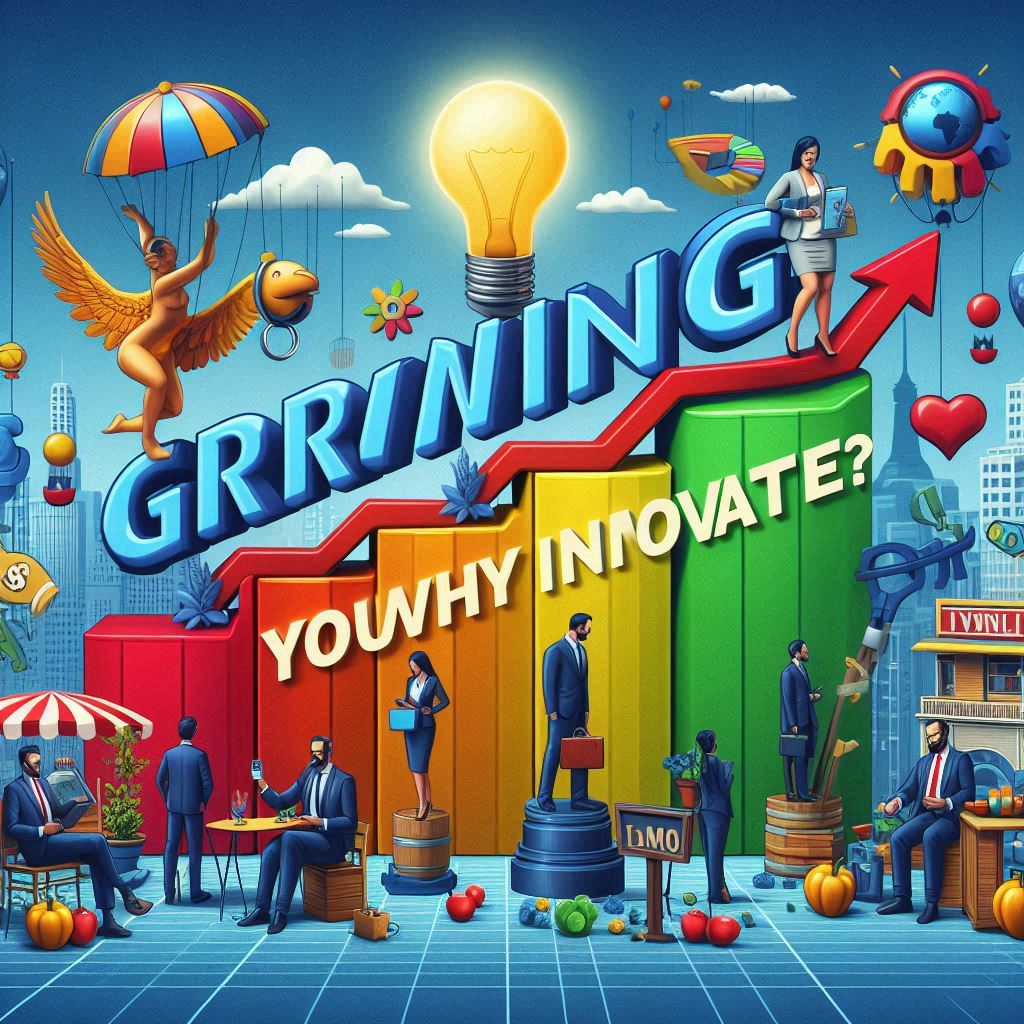
Taking Smaller Risks
Identifying opportunities for taking smaller risks in architecture involves:
- Repurposing existing technologies
- Creating new business models
- Monitoring adjacent industries
- Identifying circular loops.
By leveraging these strategies, architects can explore incremental innovation and long-term success.
For instance:
- Repurposing technologies allows for gradual experimentation without overextending resources.
- Creating new business models fosters sustainable growth.
- Monitoring adjacent industries provides valuable insights and enables architects to adjust their strategies accordingly.
To minimize potential negative consequences, architects can limit risk by leveraging the benefits of architectural innovation, such as lower costs and expanded market share. By doing so, they can navigate the path towards smaller risks with greater security and confidence.
Spending Less Money
Architecture can innovate and save money by repurposing technologies, creating new business models, monitoring adjacent industries, and identifying circular loops.
Repurposing existing technologies helps reduce research and development costs and leverages proven solutions. Creating new business models can also reduce costs and enhance value creation.
Monitoring adjacent industries allows architects to adapt successful innovations and identify cost-saving strategies. Identifying circular loops leads to more sustainable and cost-effective processes.
For example, repurposing old technology in architectural projects can save money by reusing materials and structures, reducing the need for new materials, and minimizing waste.
Learning from manufacturing industries’ lean processes can help architects streamline operations and reduce unnecessary expenses.
Making More People Want Your Stuff
To make your product or service more appealing to a broader audience, businesses can do the following:
- Repurpose existing technologies
- Create new business models
- Analyze adjacent industries
- Identify circular loops
These strategies can help make incremental improvements and sustain a competitive advantage. By doing so, companies can stand out in the market and attract more customers.
Additionally, architectural innovation can help in:
- Lowering costs
- Limiting risk
- Expanding market share
For example, businesses can use the StartUs Insights Discovery Platform to drive architectural innovation and stay ahead of the competition.
Different Kinds of Innovation
Tiny Tweaks: Incremental Innovation
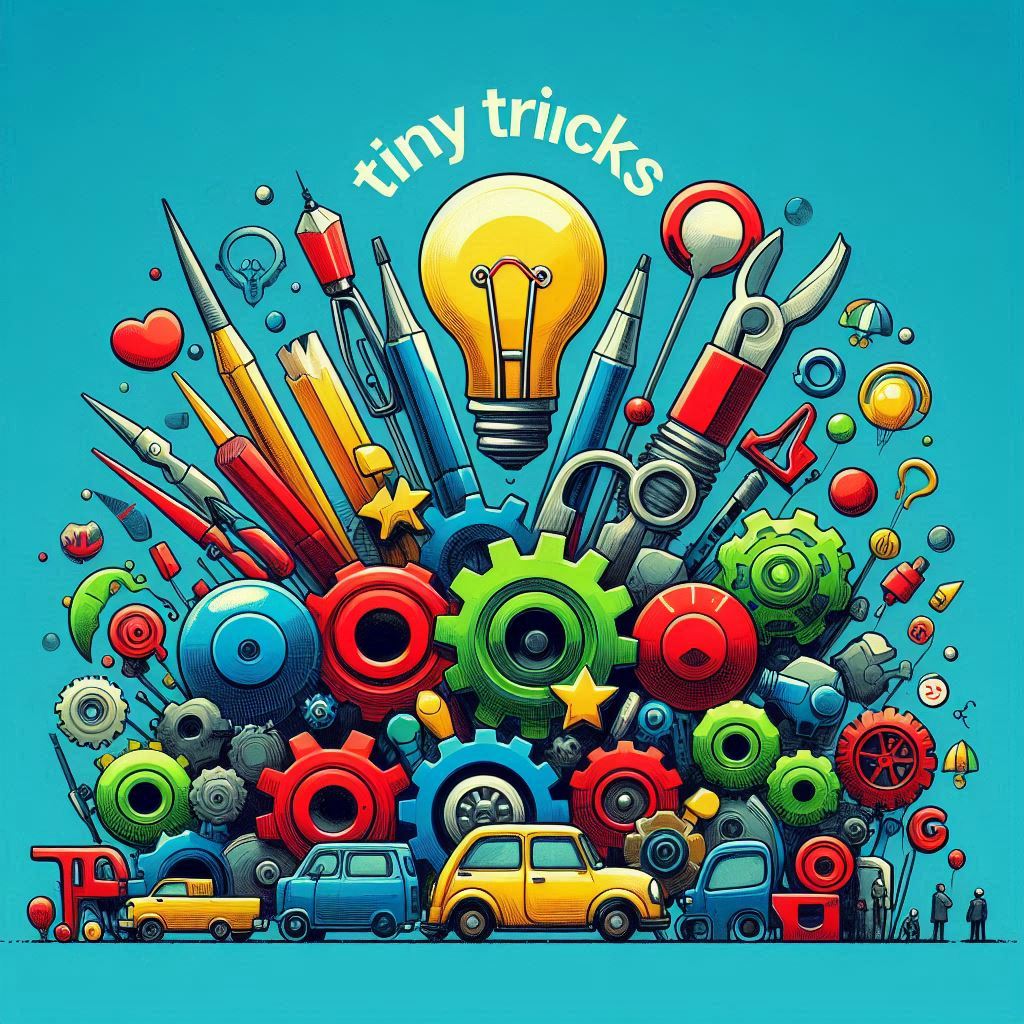
Small changes can lead to innovation in architecture and other industries. They allow companies to repurpose existing technologies, create new business models, monitor adjacent industries, and identify circular loops.
These changes can sustain a company’s competitive advantage and pave the way for future growth. Incremental innovation expands a market and increases demand for products or services by allowing companies to adapt to changing customer needs and market trends. This leads to a broader consumer base and higher sales.
Making the first move in implementing incremental innovation has benefits like limiting risk, lowering costs, and expanding market share. However, there are drawbacks, such as the potential for quick replication by competitors and the challenge of convincing consumers to adopt new, unproven products or services.
Big Changes: Disruptive Innovation

Disruptive innovation in architecture can happen in different ways.
For example, using eco-friendly materials, advanced 3D printing for construction, and smart building systems to save energy and reduce environmental impact. Architects can also disrupt the industry by using virtual and augmented reality for immersive design experiences, AI and machine learning to improve building performance, and big data to enhance the architectural process. Encouraging radical innovation in architecture can involve fostering creativity within firms, collaborating with experts from other fields, and prioritizing human-centered solutions.
Changing the Building Blocks: Architectural Innovation
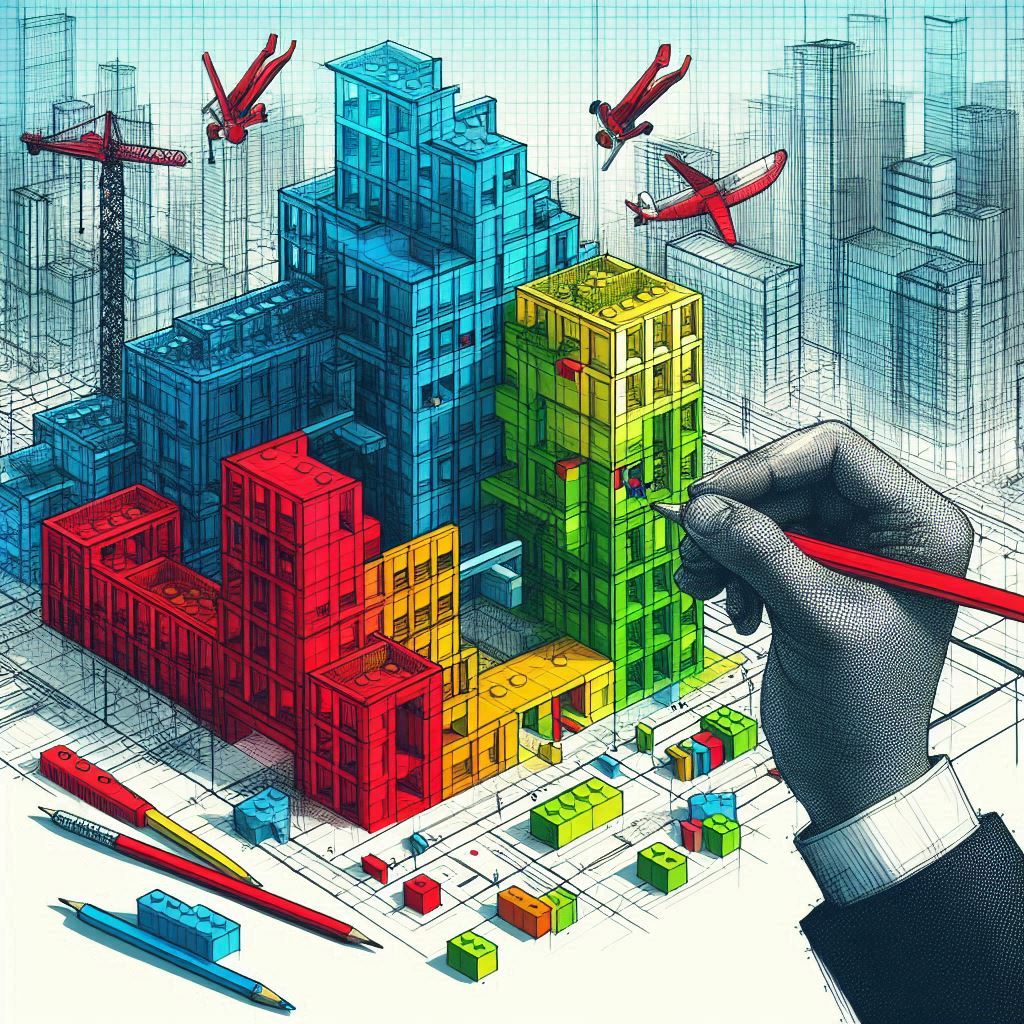
Architects can innovate in architecture by repurposing existing technologies and creating new business models. They can monitor adjacent industries to identify trends and collaboration opportunities. Old technology can be used in new ways by applying it in different contexts or integrating it with new technologies. Architects should consider circular loops to promote sustainability and efficiency in architectural design.
Platforms like the StartUs Insights Discovery Platform can provide valuable insights for architectural innovation.
Starting Fresh: Radical Innovation
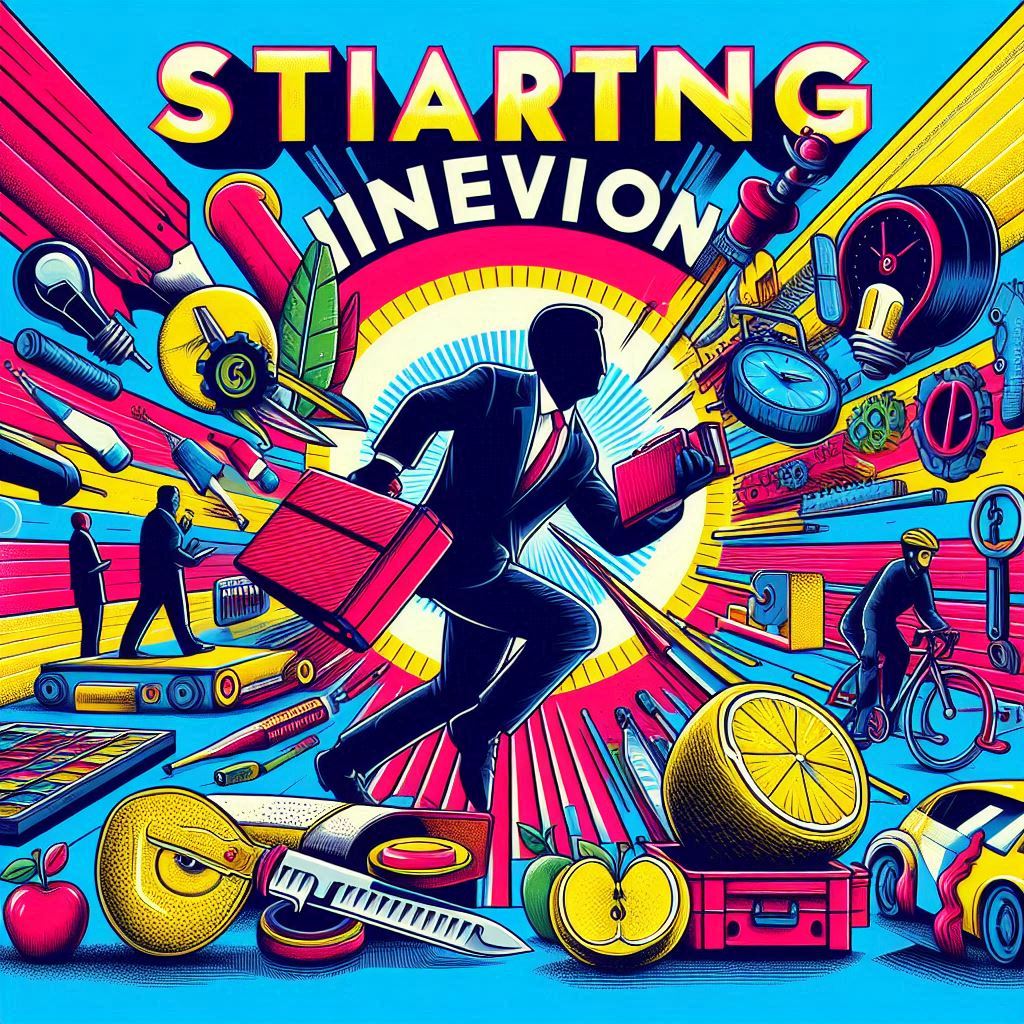
Architects can drive innovation by repurposing existing technologies, creating new business models, monitoring adjacent industries, and identifying circular loops.
These approaches can lead to groundbreaking changes in architectural designs and projects, with potential benefits such as limiting risk, lowering costs, and expanding market share.
Embracing new technologies and design methods allows architects to revolutionize the industry and stay ahead of the competition.
Architects can use platforms like the StartUs Insights Discovery Platform, which offers valuable insights and data for architectural innovation, to begin implementing radical innovation.
By leveraging these strategies, architects can lead the way in transforming the market, ensuring a sustainable and competitive future for the industry.
Starting Out: How to Get a Foothold
Making the First Move: Good or Bad?
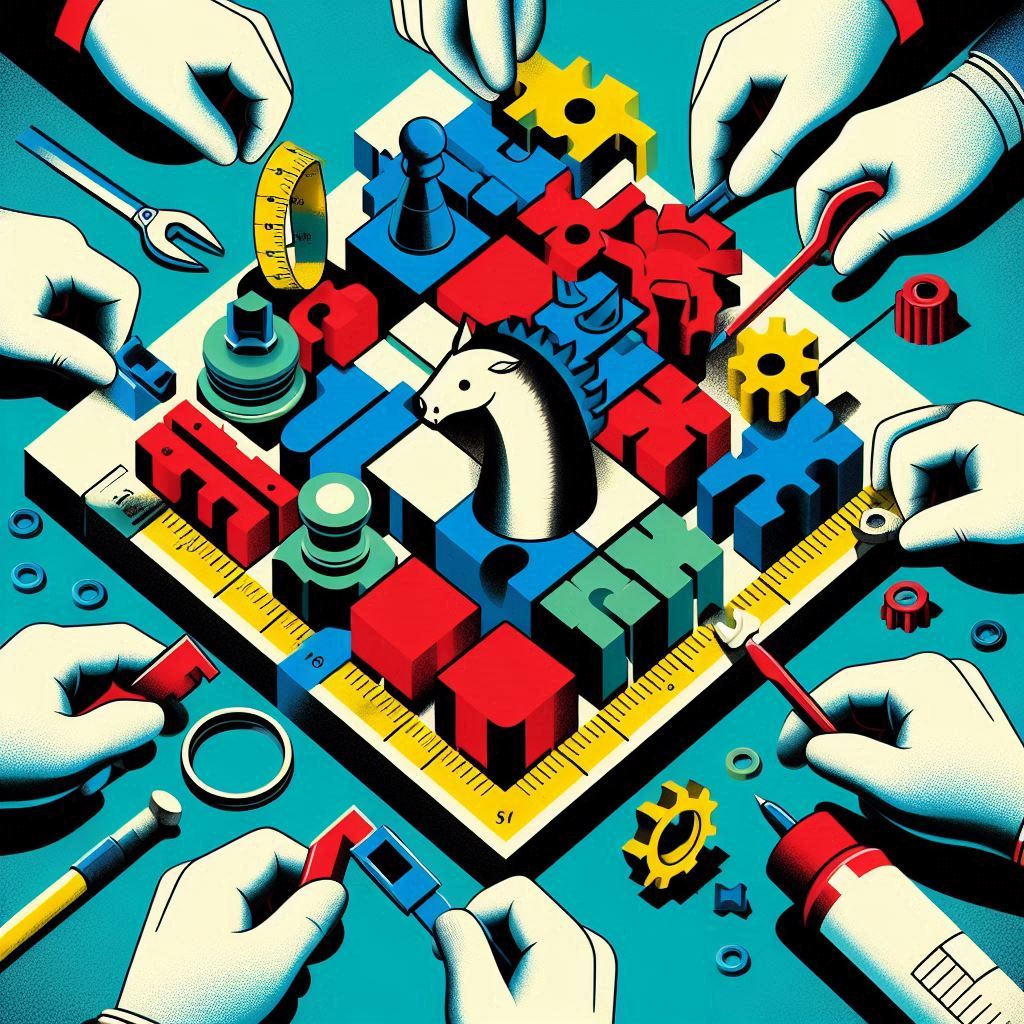
Making the first move in business can be risky but beneficial. Factors like competition, market demand, and resources should be carefully evaluated. Repurposing existing technologies, creating new business models, and monitoring adjacent industries can present opportunities for innovation. These moves can lead to a competitive advantage by differentiating a company. However, risks like potential costs and market acceptance should not be overlooked.
Benefits include limiting risk, lowering costs, and expanding market share. Strategic planning and identifying circular loops can lead to market innovation that drives sustainable growth and success.

Vizologi is a revolutionary AI-generated business strategy tool that offers its users access to advanced features to create and refine start-up ideas quickly.
It generates limitless business ideas, gains insights on markets and competitors, and automates business plan creation.


